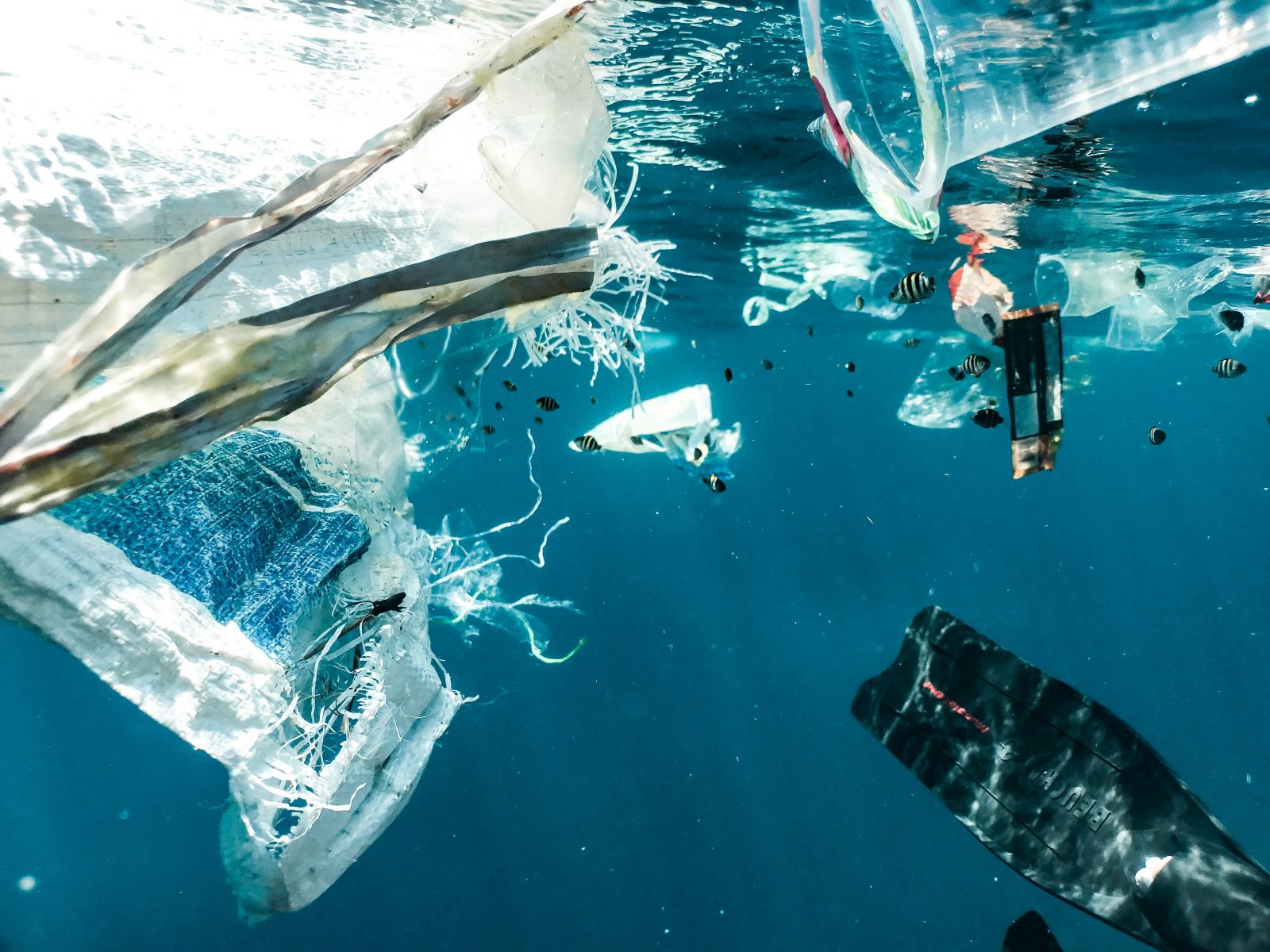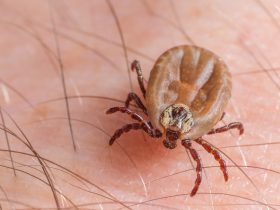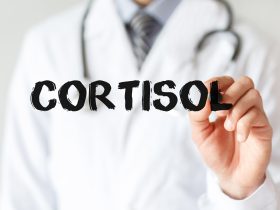Despite the popularity of bottled water in the United States, recent research has shed light on a concealed threat: microplastics.
Published in the Proceedings of the National Academy of Sciences, the study uncovered approximately 240,000 detectable plastic particles in a standard liter of bottled water. This revelation significantly surpasses previous estimates by 10 to 100 times, exposing an unforeseen world of plastic pollution.
Toxicity studies previously relied on speculation due to the limited understanding of the extent of plastic contamination. The heightened detection of plastic particles now provides a clearer perspective on the potential risks associated with consuming bottled water.
While the direct health impact of consuming microplastics is still under investigation, experts express concerns about potential consequences.
The microscopic size of these plastic particles raises the possibility of absorption into the human body. Researchers are exploring the potential links between microplastic exposure and health issues, including inflammation, oxidative stress, and other systemic effects.
Experts emphasize the need for further research to comprehensively understand the health implications of microplastic ingestion. The uncharted territory of microplastics in bottled water necessitates continued exploration into potential risks and the development of safety guidelines for consumers.
In light of the current findings, experts recommend taking proactive steps to minimize potential health effects. Let’s talk about them!
Types of plastics found in bottled water
Researchers employed advanced technology called stimulated Raman scattering (SRS) microscopy, assisted by machine learning, to detect plastic particles in bottled water.
The study refrained from naming specific brands but focused on three popular ones sold in the U.S. The analysis unveiled a significant concentration of plastic particles in each liter, ranging from 110,000 to 370,000.
The plastic particles discovered in bottled water predominantly comprised nanoplastics (90%) and microplastics (10%). Microplastics range from 1 micron to 5 millimeters in diameter, comparable to the size of a pencil eraser. On the other hand, nanoplastics are even smaller, varying from 1 nanometer to 1 micron, highlighting the minuscule nature of these particles.
The study identified various common plastics present in bottled water, contributing to the overall plastic particle count. These plastics include:
- Polyvinyl chloride (PVC)
- Polystyrene (PS)
- Polypropylene (PP)
- Polyethylene terephthalate (PET)
- Polyethylene (PE)
- Polyamide 66 (PA)
- Polymethyl methacrylate (PMMA)
Researchers emphasize the necessity of delving into the realm of nanoplastics, underscoring that the abundance of these particles holds significance, irrespective of their small size. The study highlights the need for comprehensive exploration into the implications of nanoplastics in human consumption.
Despite their diminutive size, the sheer number of nanoplastics increases the likelihood of their penetration into the human body, underscoring the potential health concerns associated with their consumption.
How are these plastics harmful to your health?
As of now, there is insufficient evidence to conclusively determine the health impact of plastic particles found in bottled water. While there is no definitive proof that plastics themselves cause toxicity, the absence of evidence does not equate to a risk-free scenario.
The Environmental Protection Agency (EPA) identifies two chemicals, PFOA and PFOS, found in water, with hazardous effects at minuscule doses of 0.004 and 0.02 parts per trillion.
Termed “forever chemicals,” they are prevalent in various manufactured products due to their durability and nonstick properties. Bisphenol A (BPA), used in plastic water bottle production, can induce adverse reproductive effects at doses as low as 2 micrograms per kilogram of body weight per day.
These chemicals are endocrine-disrupting, suggesting that even minute amounts can mimic hormones, adhere to hormone receptors, and disrupt normal bodily functions. Regular consumption of beverages from PET bottles may contribute to widespread reproductive toxicity.
Additional evidence points to potential health effects associated with microplastics and nanoplastics, including:
- Reproductive toxicity
- Neurotoxicity
- Oxidative stress
- Carcinogenicity
- Altered metabolism
- Reproductive abnormalities
- Gastrointestinal dysfunction
- Increased mortality
Researchers underscore the need for thorough investigation into the health consequences of these plastic particles, considering the array of potential risks associated with their consumption.
Is filtering bottled water efficient in removing plastics?
Once microplastics and nanoplastics are present in bottled water, their removal becomes challenging. Pouring water into another container or boiling it, commonly used for bacteria removal, proves ineffective against plastic particles.
Filtration is categorized based on particle size removal. For instance, a 5-micron filter can eliminate microplastics of 5 microns or larger but is ineffective against smaller particles.
Many consumer water filters lack the capacity to remove nanoplastics.
Adsorbents, substances binding to nanoplastics, offer a potential solution. However, the widespread application of adsorbents in consumer water filters is currently limited.
To effectively combat nanoplastics, addressing the issue at its source is crucial. Implementing solutions on a public scale, especially in wastewater treatment plants, is essential for comprehensive nanoplastic removal.
There is an urgent need for systemic efforts to eliminate nanoplastics from water sources, advocating for strategies implemented at the public level to ensure effective and widespread removal of these harmful particles.
The older the bottled water, the worse
The age of water bottles and environmental conditions play crucial roles in the accumulation of plastic particles.
As water bottles age, the diffusion of plastics into the water increases over time. The longer a bottle remains in circulation, the greater the potential for microplastics and nanoplastics to be present in the water.
External factors, particularly temperature, contribute to the breakdown of bulk plastic into smaller particles. Heat, photochemical reactions, oxidation, and other processes accelerate the degradation of plastics into micro- and nanoplastics.
Bottled water subjected to high temperatures, such as when left in a hot car, is likely to contain a higher concentration of plastic particles.
Controlled temperatures, as maintained on store shelves, minimize the impact of environmental factors on plastic contamination.
How to minimize exposure to plastic particles in water
Reducing exposure to plastic particles is achievable through mindful choices and lifestyle adjustments. Consider the following tips:
- Opt for glass, aluminum, or stainless steel
Choose glass, aluminum, or stainless steel containers for food storage and beverage consumption.
Switch to single-use aluminum water bottles or reusable metal and glass water bottles, ensuring regular cleaning to prevent bacterial growth.
- Utilize filters
Install charcoal filters in your home to reduce contaminants in tap water.
Explore more advanced options like reverse osmosis filters for enhanced removal of plastic-like contaminants, including PFAS.
- Embrace reusables
Minimize single-use plastics by avoiding plastic bags, straws, utensils, and other disposable items.
Carry reusable shopping bags, steer clear of plastic produce bags, and use non-plastic utensils and straws whenever possible.
- Avoid microwaving in plastic
Refrain from microwaving food or beverages in plastic containers to prevent the release of plastic chemicals like BPA and phthalates.
- Participate in collective action
Advocate for change by supporting collective efforts to raise awareness and promote policies that address plastic pollution at governmental and business levels.















Find Us on Socials